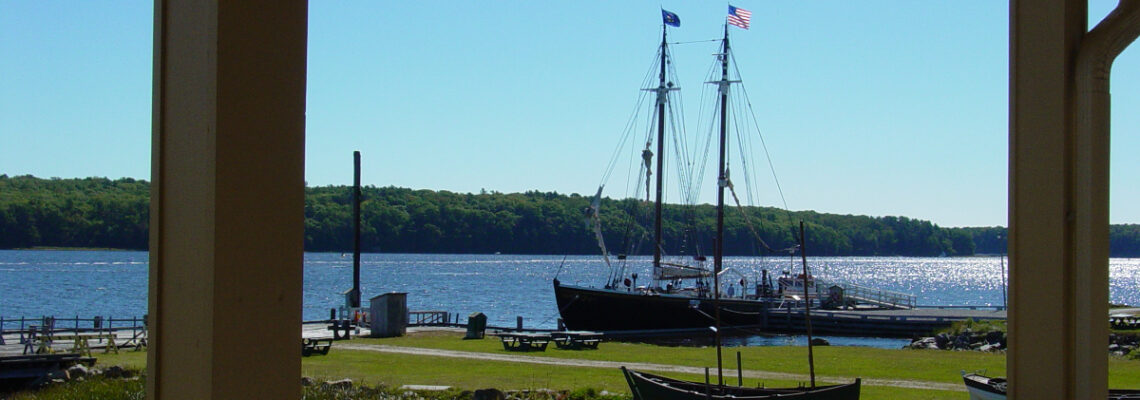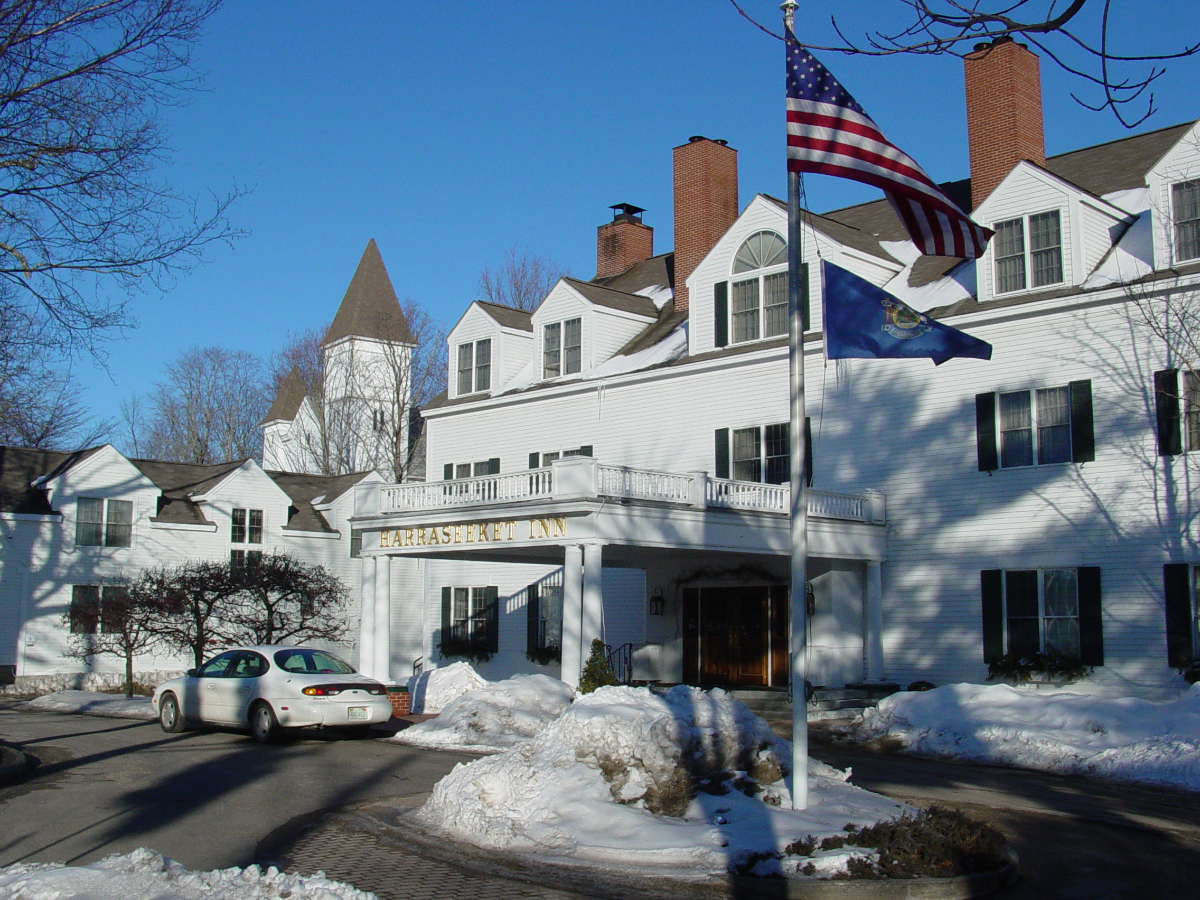Today I’m writing about Maine’s maritime history, specifically about the Maine Maritime Museum in Bath. I visited this museum on my first trip to Freeport, and really got caught up in the maritime history of the area. This non-profit, privately funded museum’s mission is to collect, preserve and interpret materials relating to the maritime history of Maine, and to promote an understanding of Maine’s maritime history to the public.
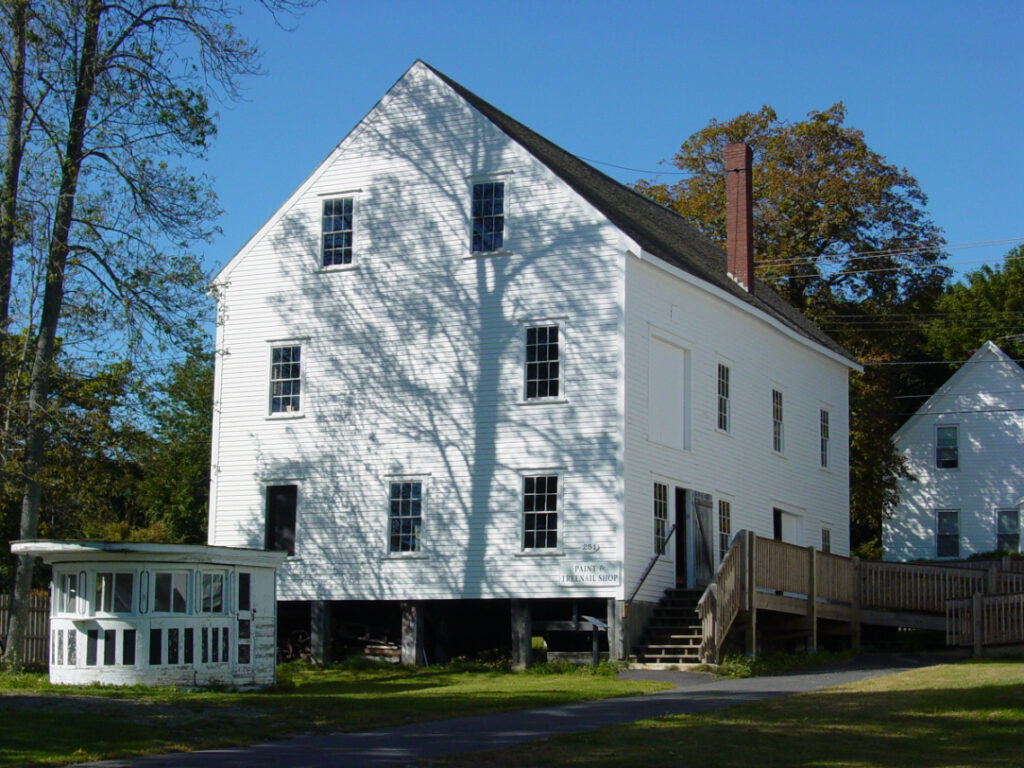
Exploring Maritime Maine
I knew very little about maritime Maine when I arrived in Bath, but by the time I left, I’d learned enough to make me want to delve in even deeper.
Founded as the Marine Research Society of Bath in 1962, more than 65,000 people visit the museum each year. It can take two or three hours to see the museum — more if you want to see everything.
The museum has grown and changed since I visited, with new permanent and temporary exhibits. To see what’s currently on display, visit the museum’s exhibits page. When I visited, some years ago, the following exhibits were my favorite.
You may also like: Harraseeket Inn Makes a Great Base for Exploring Maine
Ships & Lobstering
One of my favorite displays was the “Lobstering & the Maine Coast” exhibit. In its own building, this two-floor exhibit depicted Maine’s lobstering industry with lobster boats, the canning process, and dioramas of a coastal fishing village. Visitors watched how “workers” prepared lobster meat in a canning room, and viewed a video depicting the lobstering industry while perched on the gunwale of an actual lobster boat.
I also enjoyed climbing aboard the Sherman Zwicker, a 1940s 142′ Grand Banks fishing schooner that had docked at the museum for the summer.
Today the museum offers deck tours of the 1906 Schooner Mary E.

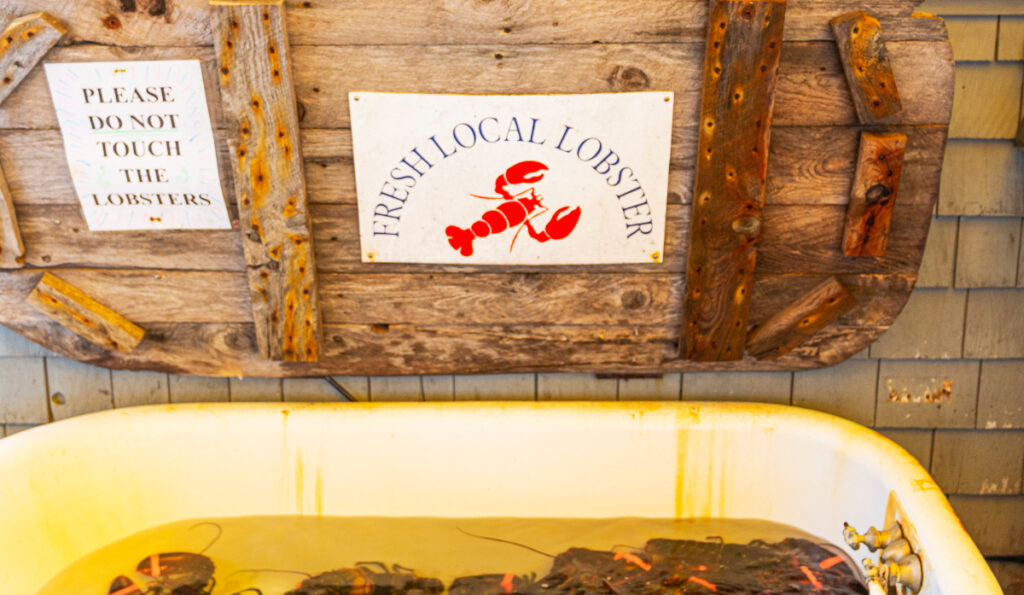
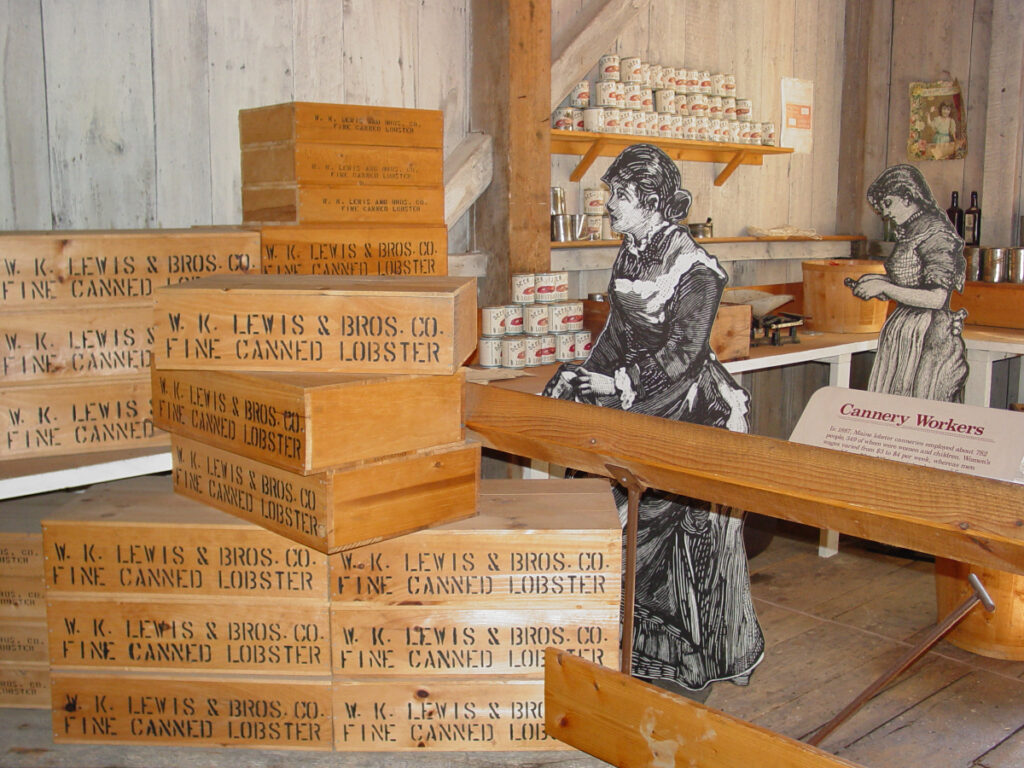
The Percy & Small Shipyard: Where the ships were built
At the Percy & Small Shipyard, some of the world’s largest wooden sailing vessels were built, including the six-masted schooner Wyoming, launched in 1909.
The shipyard closed in 1920 when wooden shipbuilding was on its way out. Donna, our guide, told us they built the ships right outside by the buildings, twelve months a year, and it could take six to nine months to build a wooden vessel like the Wyoming. Imagine a job building ships outdoors in the cold, snowy Maine winter
Visitors to the Shipyard can see how a wooden ship is reconstructed from the first stages of design through launching day.
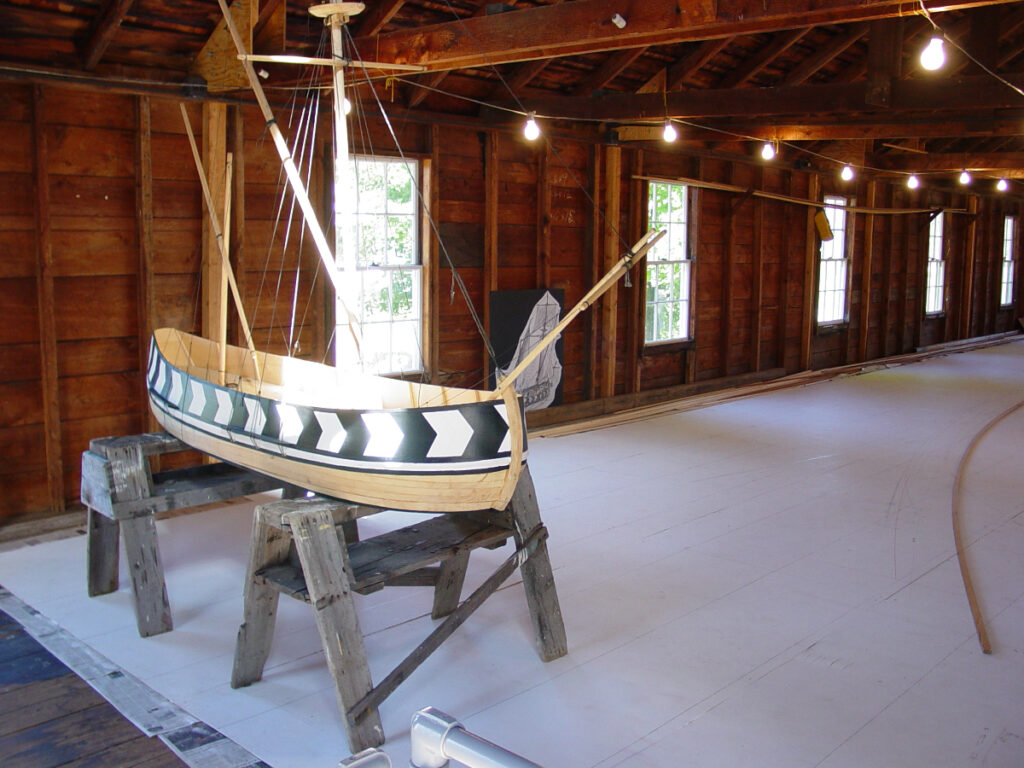
The Mill & Joiner Shop: For fine woodworking
The museum’s Mill & Joiner Shop held my interest, too; Donna told us it was built in 1899. The first floor contained the sawmill and a bevel-cutting jigsaw for making the curved frame timbers; the second floor contained the joiner shop for production of the finished woodwork used in the deckhouses and cabin interiors.
The museum was interesting and fun; I’d love to visit again to see some of their new exhibits.
A few tips: On your way out, stop at the Maine Maritime Museum store and bookshop. It’s a good one, you won’t want to leave empty-handed. And if you’re thinking about how to get to the museum, note that from late May to mid-October, you can arrive by boat – the museum offers floating dock space, advanced reservations are required.
Finally, for the romantics reading this, the museum has a lovely setting and can coordinate and host elegant micro weddings. What a beautiful setting for such a meaningful event!
This year marks the 50th anniversary of the Maine Maritime Museum’s stewardship in preserving the Percy & Small Shipyard. Scattered throughout, you can learn about the efforts it took to transform an abandoned shipyard. (Through December 31st, 2021).

